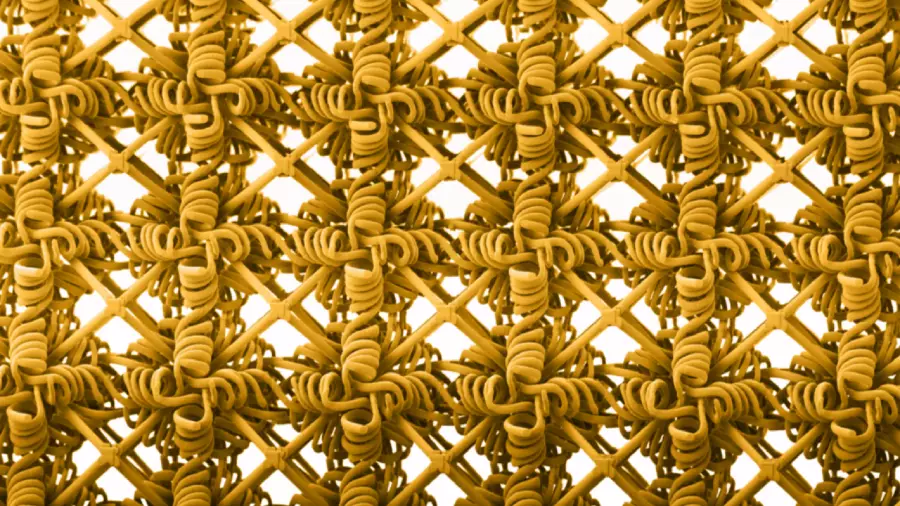In the world of materials science, metamaterials are reshaping the conversation on what’s possible. Unlike conventional materials, metamaterials are engineered to possess properties that are not found in nature. This is achieved by manipulating their microscopic structures, allowing for unique combinations of characteristics such as flexibility, strength, and even the ability to manipulate waves and energies. The recent innovation reported by researchers at the Massachusetts Institute of Technology (MIT) highlights a breakthrough in metamaterials that could redefine industries, from medical applications to electronics.
The Science Behind Stretchability
The MIT team has developed a new metamaterial that not only offers remarkable stretchability but also impressive strength. At the core of this innovation lies a unique design that employs a grid-like structure alongside intricate woven coils. Imagine a lattice network surrounded by a tangle of spaghetti; the weaving allows for enhanced entanglement and friction, which translates into better structural integrity under stress. This intricate interplay of rigid and flexible components allows the newly designed material to stretch over three times its original length without sacrificing durability.
Using cutting-edge two-photon lithography – an advanced laser-based printing technique – the researchers are able to fabricate this material with high precision. This manufacturing process is essential, as it ensures that every strut and coil integrates seamlessly, leading to unprecedented performance metrics. Professor Carlos Portela describes this unique interaction as a critical factor in the metamaterial’s strength, adding a new dimension to how we understand material durability and flexibility.
Applications in Everyday Life
The applications of this strong yet stretchy metamaterial are vast and varied. MIT has suggested an intriguing range of possibilities, from creating tear-resistant textiles to flexible semiconductors and innovative chip packaging. Such applications could revolutionize how we think about electronics, especially portable devices, which often suffer from wear and tear due to rigid components. Picture a laptop capable of bending without breaking or a smartphone that can withstand the rigors of daily life without compromising performance.
In the biomedical field, the potential is just as exciting. The adaptability of these metamaterials could yield better scaffolding for cell growth, vital for tissue engineering and regenerative medicine. The ability to create materials that stretch and conform to biological structures can enhance the integration of technology and biology, leading to advanced medical devices and treatments.
The Future of Electronics
As our world becomes increasingly reliant on technology, the integrity and reliability of electronic devices have never been more crucial. The introduction of flexible and resilient components has the potential to transform the landscape of consumer electronics. The metamaterial’s ability to impart robustness to motherboards and graphics cards can lead to a new generation of devices that withstand the rigors of daily use.
Not only do we envision bendable laptops, but this technology could also result in smart devices embedded in flexible materials. The idea of soft, yet durable gadgets challenges our traditional notions of electronics, paving the way for designs that merge form with function in a completely new way.
Importantly, this metamaterial evolution does not only promise durability; it opens avenues for the development of more sustainable electronic devices. By creating products that are inherently stronger, there can be a reduction in electronic waste, as devices last longer and endure harsher conditions.
The advent of this stretchable, strong metamaterial marks a significant milestone in the trajectory of material science. By altering the fundamental properties of materials that already exist, this innovation invites us to imagine a future where our tools and technologies are not just user-friendly, but resilient and adaptable. It emphasizes a paradigm shift — one where the material becomes an active participant in how devices interact with the world. As we step into this brave new world of materials, the possibilities seem tantalizing and limitless, promising a future that embraces flexibility, durability, and creativity in engineering.

